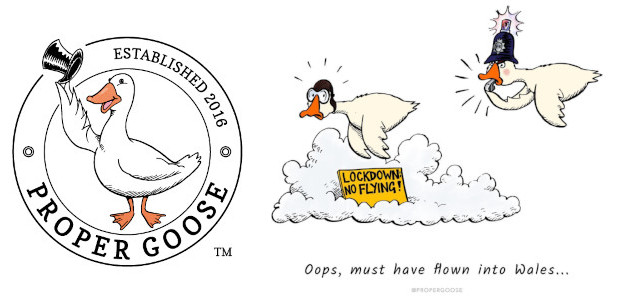Welcome to Blog 4 of coaches corner:
Question – What is it? Answer – A weekly blog exploring and developing the theme of COACHING.
Video Analysis, Ideas, Opinions, Facts, the melting pot is explored here.
Written & compiled by:
Nathan Moore:  BSc (Hons) Sports Science, P.G.C.E
BSc (Hons) Sports Science, P.G.C.E
Founder of NM Sports Performance,
Video analyst and Coach for NM Sports Performance
www.nmsportsperformance.co.uk Click Here
BLOG 4 COACHES CORNER: A 2nd look @ defence structure – How a drift defence can be your best friend!
If you have been following these articles you would have seen that last week we started building a defence structure, looking first at ruck defence and now it is time to look at how to construct a drift defence.
Defensive structures are not something that I took credit for when I was working with the Mid-ulster rugby club that I have spoken about earlier, nor any team I have worked with in the 13 years of coaching. I usually explain I watch a lot rugby on television, observe and learn the way the professional teams are defending, then add my own bits and pieces to the structure so that attacking teams can rarely launch an attack knowing exactly how my teams defend. However, all messages to the players were simple… You have to watch rugby to understand the structures and set-ups to be able to understand and then adhere to what your coach is advising you to do.
A drift defence structure allows the defending team an ally on the pitch, namely the touchline. The theory is perfectly simple, you allow the opposition team to see you have left space in the wide channels which should be where the opposition will attempt to attack. Once they do, then your defensive line will simply move laterally (drift) across the pitch and when the attackers try to straighten the attack the defender makes his move and tackles the attacker. A drift defence is a psychological battle between the two teams and momentum and go forward ball is determined by who wins this battle.
So remembering the picture from last week:
That was the defence of a ruck, so now we look at the defence of the team, focusing on the midfield defenders.

So as the picture shows, there are 6 defenders in this situation and yet there are 7 in attack. This would mean that the advantage is obviously with the attacking team and if they can get the ball to the 14 they could well score. So what is needed by the defending team is a well communicated and organised defensive line and drift.
The important thing to note would be that the line only drifts when the ball is passed away from the 10 or 1st receiver. When the ball is played away by the 1st receiver then the defender in the B position will either shout “Drift, Wedge, Slide” etc etc, lots of teams have different calls but they all mean the same. The principle that is important is that the defender in the B position now takes responsibility for the attacking player (12) which allows Defender 1 to move onto attacking player (13), which allows defender 2 to cover attacker (15) and finally allows Defender 3 to cover the last man which is attacker (14). Each defender must trust the man in the inside of him/her to make the tackle and the tackler then needs to take complete responsibility if he/she misses the tackle.
This brings the defence round in a circle, in that it is the technique to tackling which will be the major weakness in the defensive line (check out article 2 for a recap on tackling technique). If an outside defender steps in to help, then they leave a huge entrance that might as well be signposted and lit with large neon lights saying “Break our line here!!” Here is the psychological battle… The attacker is trying to get an outside defender (outside relative to where the ball is coming from) to step in to create a gap for his support players and the defender is showing the attacker a glimpse of hope in that they might just penetrate the line but in taking that gap the defender shuts it down and swallows up the attacker in the tackle.
Take a look at what happens when either communication or technique lets us down in a drift defence.
[youtube hd7zBMd2d9o]
Now have a look at the following clips which show a good drift defence working and in some cases turning possession over.
[youtube 13Dzghxh1D8]
So this is a very rudimentary defensive structure and one which can start of any young youth or adult team on their path to a watertight defence. Remember that this is only a structure and there will be time needed to work on tackling technique of the players to not only improve the trust within the team but also the confidence that the team-mate inside you doesn’t need your help and can tackle without you.
Throughout the course of this blogs life, I will come back to defence structure looking at other types of systems/structures that can be employed, but I hope this defence construction can help in the meantime until such time when defence is revisited.
I leave you with one last thought and statement which was emblazoned around the London Wasps stadium and a pertinent one that has had my focus over the years…
“Defence wins Championships!”


